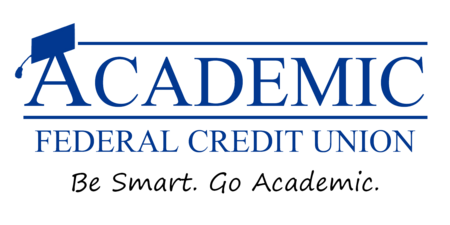The CU Difference
What is a Credit Union?
A credit union is a not-for-profit cooperative financial institution. The main difference between a bank and a credit union is ownership. Credit unions are owned by their members, while banks are owned by their stockholders. The credit union’s income goes directly back to the members in the form of lower fees, higher rates of return, and quality products and services. A bank’s income goes directly back into the pockets of the stockholders.
Who’s Eligible?
Eligibility for membership is defined by some type of affiliation or common bond. The Academic Federal Credit Union serves full-time, part-time, and volunteer members of more than 18 educational institutions and organizations in New York State. Click here for our complete list of membership eligibility.
What do Credit Unions Offer?
Credit unions offer all of the same products and services as banks, but sometimes call them different names. For example, share accounts refer to savings accounts. Credit union members must have a share account to belong to the cooperative. By doing so, they become shareholders. Credit unions offer savings, checking, investments, loans, and convenient services. Additionally, credit unions offer services like small loans and vacation club accounts that may not be profitable enough for other financial institutions to offer.
Why Choose a Credit Union?
Credit unions are committed to building relationships with their members, meeting members' financial needs, providing superior service, promoting financial literacy and improving the members' financial health.
Watch Video
How Safe is My Money in a Credit Union?
Academic Federal Credit Union is regulated and insured by the National Credit Union Administration (NCUA), an independent federal agency whose board members are nominated by the President of the United States and confirmed by the Senate. Member accounts are federally insured up to $250,000.00 per account. Visit the NCUA website for more information.

